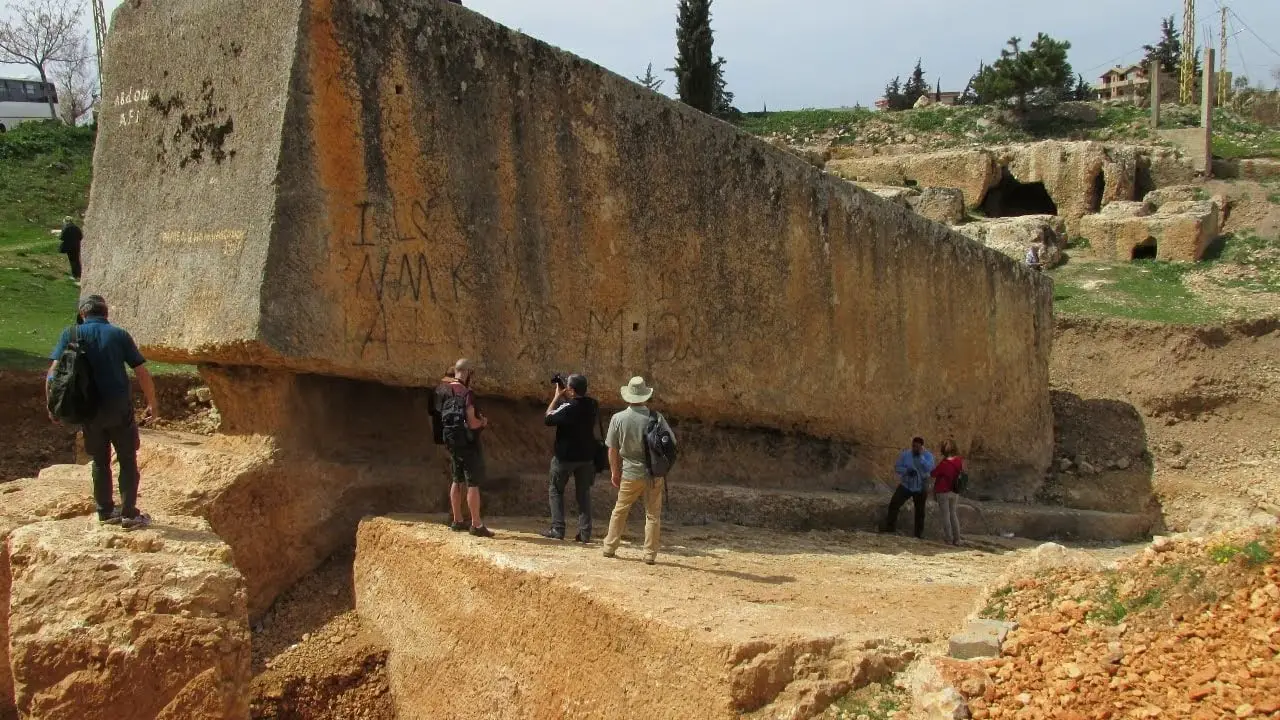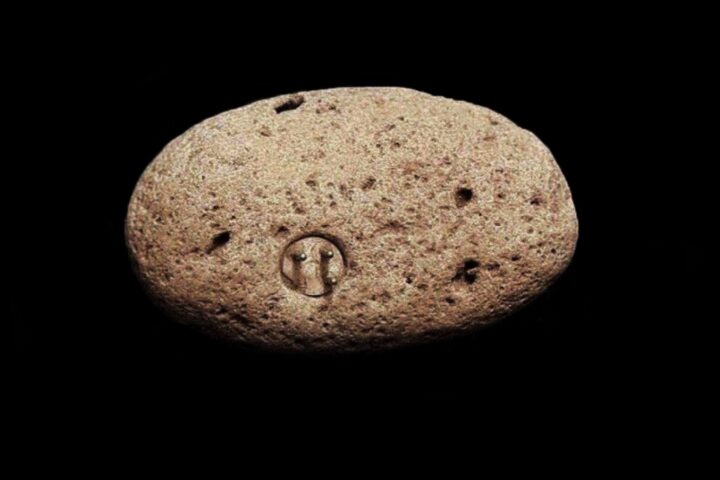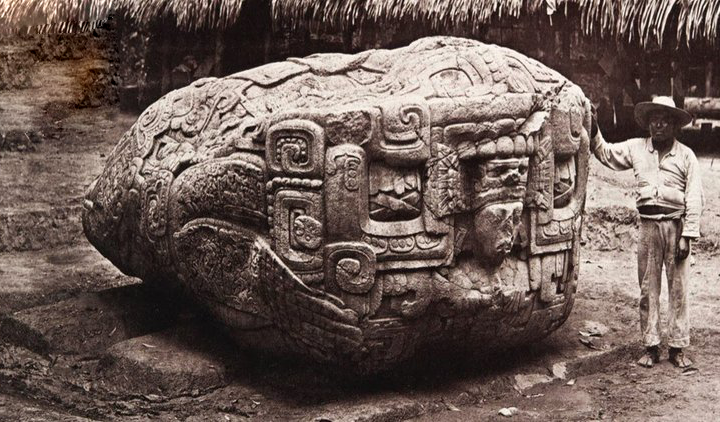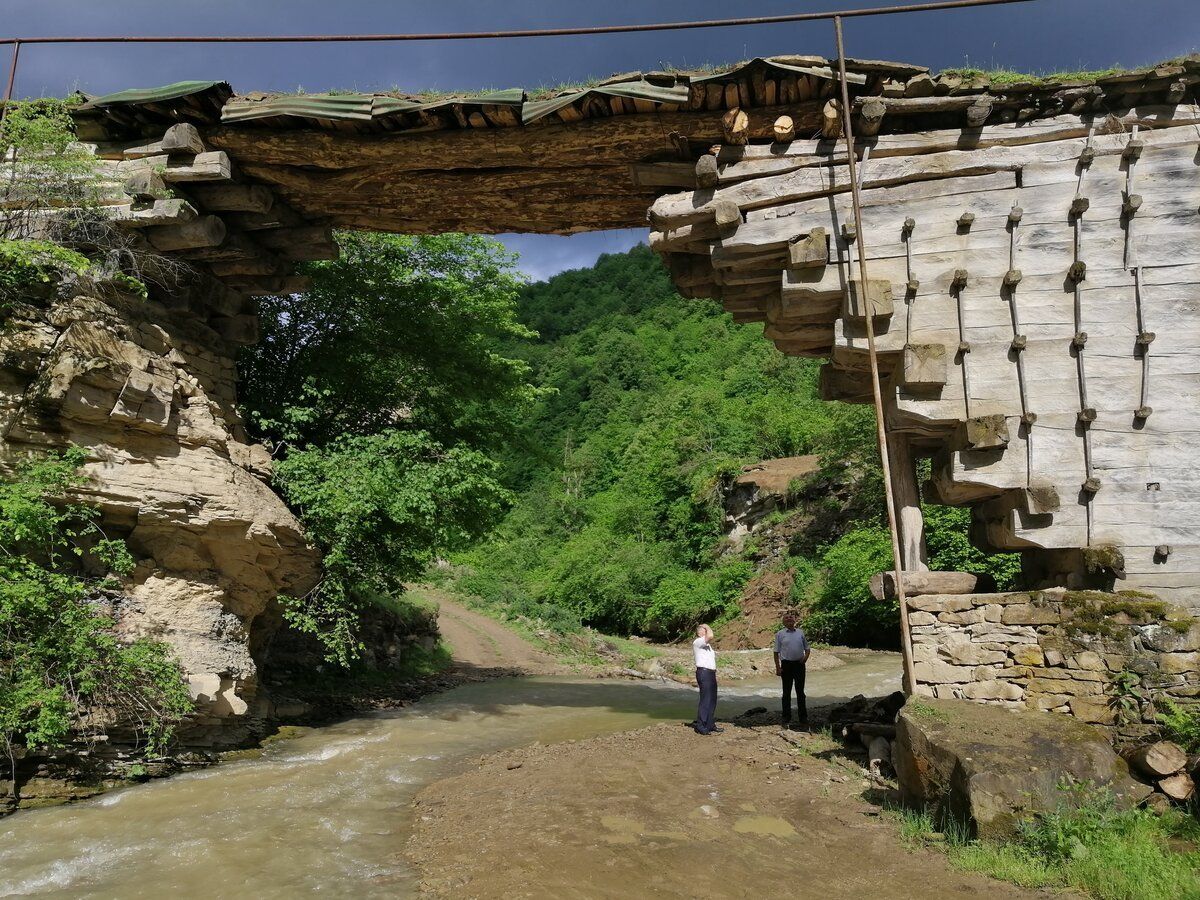Introduction: At the ancient site of Baalbek in Lebanon, a colossal stone weighing over 1,000 tons poses a historical puzzle. This massive monolith, one of the largest ever carved by human hands, raises questions about the capabilities and intentions of the people who shaped it thousands of years ago.
The Colossal Stone’s Significance: This stone, known as the “Stone of the Pregnant Woman,” is a testament to the architectural ambitions of ancient civilizations. Its sheer size and weight have baffled archaeologists and historians, sparking debates about the methods used for its transportation and intended use.

Historical Context of Baalbek: Baalbek, a UNESCO World Heritage site, is famed for its Roman temples and ancient ruins. The presence of such enormous stones within this archaeological context provides insights into the engineering prowess of its builders.
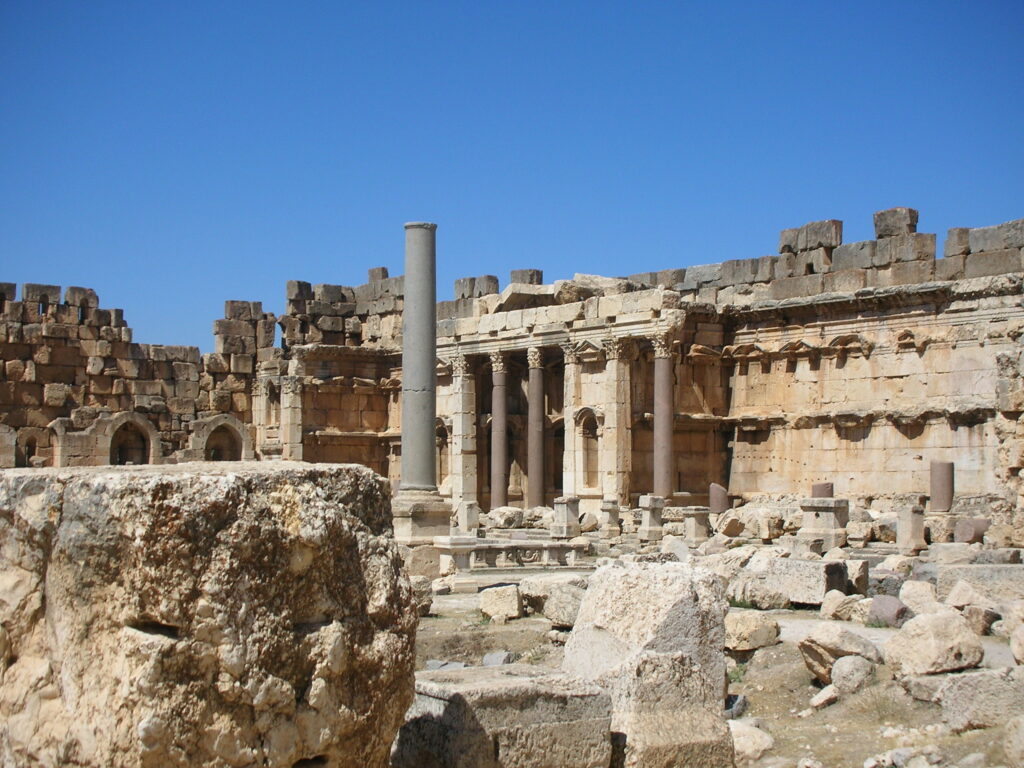
Theories on Transportation and Usage: Various theories have been proposed regarding how ancient people might have moved this colossal stone. Some suggest the use of rollers, while others speculate about the involvement of ramps and manpower. The stone’s purpose, whether as a temple foundation or a monument, remains a subject of scholarly debate.

Conclusion: The colossal stone at Baalbek continues to captivate the imagination, representing a profound mystery of human history and an enduring symbol of ancient architectural ambition.

